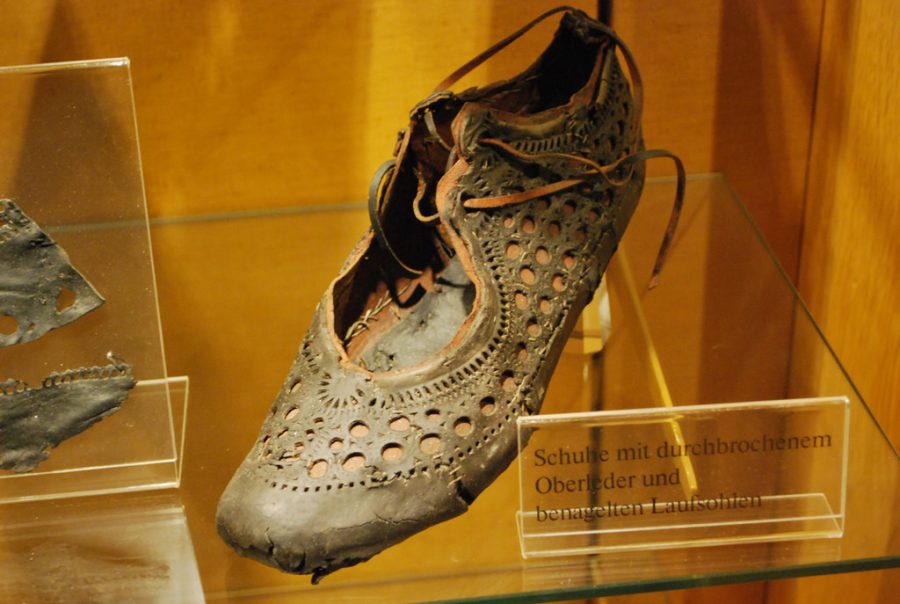New Insights into Ritual Combat Among King Cobras Documented

In a recent study, zoologist Alexandre Missassi from the Museu Paraense Emlio Goeldi in Belm, northeastern Brazil, shared his insights on the elusive behavior of ritual combat among king cobras. Although he was not directly involved in the latest research conducted by fellow scientists, he praised the findings as a significant addition to our understanding of the natural history of these fascinating reptiles. Missassi noted, [Combat behavior] is difficult to observe in nature, highlighting the challenges researchers face when studying animal behaviors in their natural habitats.
The study focused on the dynamics of ritual combat among male cobras, particularly during the breeding season, which appears to be a critical period linked to mating behavior. Observations revealed that all documented fights occurred when the snakes were likely competing for the attention of nearby females, even though no females were directly observed during the fights.
The combat routine resembled a wrestling match, where each male cobra aimed to gain dominance by positioning its chin onto the back of its opponents head. The goal was to force the other snakes face down to the ground. This back-and-forth struggle continued without a clear winner emerging, until one of the snakes, typically the smaller of the two, would retreat. Notably, neither of the snakes engaged in biting during these encounters.
In the direct observations made by the researchers, the snakes did not even display their hoodsa typical defensive measure used to intimidate potential threats. According to Jones, one of the researchers, this behavior is likely unnecessary in combat situations between cobras: In these situations, they have no gain to [open their hoods]theyre not going to fool each other; they arent going to scare the other one away. This insight underscores the unique understanding that these reptiles possess regarding their own species.
The size of the snakes involved in these encounters was impressive, with the smallest measuring around 11.5 feet in length and the largest exceeding 13 feet. The snakes often coiled their elongated bodies around one another, creating a striking visual reminiscent of intertwined Twizzlers licorice. Its just a mass of snake, Jones humorously remarked, emphasizing the awe-inspiring sight of these powerful creatures engaged in combat.















